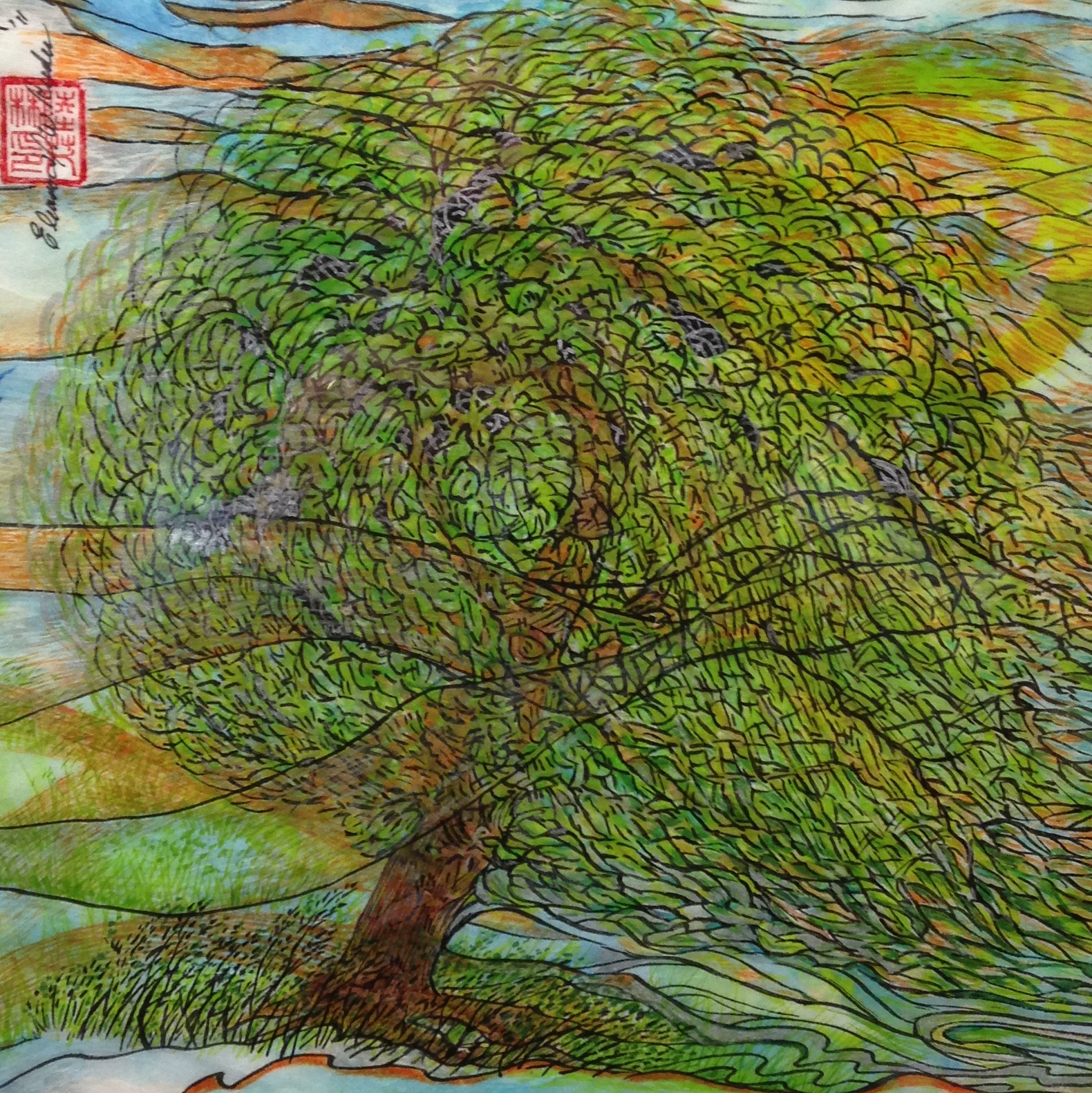
Why Willow?
Why have we chosen to call this practice the Willow Wellness Center?
We as human beings relate powerfully to trees, willow or otherwise. We see our human selves, and souls, reflected in trees-in their life course ("the tree of life") and through the seasons, and in their vertical nature (firmly rooted in the ground yet stretching upward to the heavens). We speak to trees and find solace in their sacred silence, confident that they will hold our words just as their flesh records the effects of droughts and other nonhuman events.
C. G. Jung wrote, in an essay (1967) entitled "The Philosophical Tree," that the tree as symbol elicits associations to "growth, life, unfolding of form in a physical and spiritual sense, development, growth from below upwards and from above downwards, the maternal aspect (protection, shade, shelter, nourishing fruits, source of life, solidity, permanence, firm-rootedness, but also being 'rooted to the spot'), old age, personality, and finally death and rebirth."
Of all the different types of trees, it is the willow tree that most closely connects with the psychological and spiritual work of the Willow Wellness Center. Structurally, the willow tree embodies a type of strength that relies on flexibility and resilience. Willow branches are known to bend, rather than break, under the weight of wind or rain storms. Any branches or twigs that do get disconnected from the tree can easily grow into a new tree if they find their way to soil and water-thereby teaching us that losses often spark one's capacity for growth and healing. In Jewish tradition, willow leaves play a role in the festival of Sukkot, which honors and thanks God for caring for the Jews as they wandered through the desert on their way to the Promised Land. As part of the ritual, willow leaves are woven together with palm and myrtle leaves to form a lulav, which represents the tents that gave the Jews shelter.
Symbolically, the willow tree is the tree most associated with the moon, water, and our emotional nature. It is most associated with the beginning of springtime, when all of life is stirring in the depths and begins to shoot outwards once again. The Latin root of its name, salire, means "to leap," and in other languages takes on the connotation of a sudden burst of emotions or movement.
It is also the tree of dreaming, intuition, and deep emotions. Willows have been known to help connect people with our deepest feelings, easing the process of identifying, owning, and expressing these feelings. Some people believe that the willow can also make one's dreams more vivid and meaningful, leading to greater communication with one's deepest unconscious and aiding the emotional process of healing from sadness and grief.
Functionally, the willow tree has been used for pain relief for more than 2,000 years. The bark of the white willow tree (salix alba) contains salicin, which is converted to salicylic acid in the body; salicylic acid is the model for the synthetic drug aspirin. Like aspirin, the herbal white willow bark works to reduce fever and relieve inflammation.
All of these metaphors and connections remind us of our work here at Willow. We strive to relieve pain, to facilitate connections with deep emotions, and to promote resiliency and flexibility. The Willow tree is a wonderful symbol for these important goals.
